Soap is a product made from fats and oils that are chemically treated with an alkaline substance such as sodium hydroxide (caustic or potassium soda).
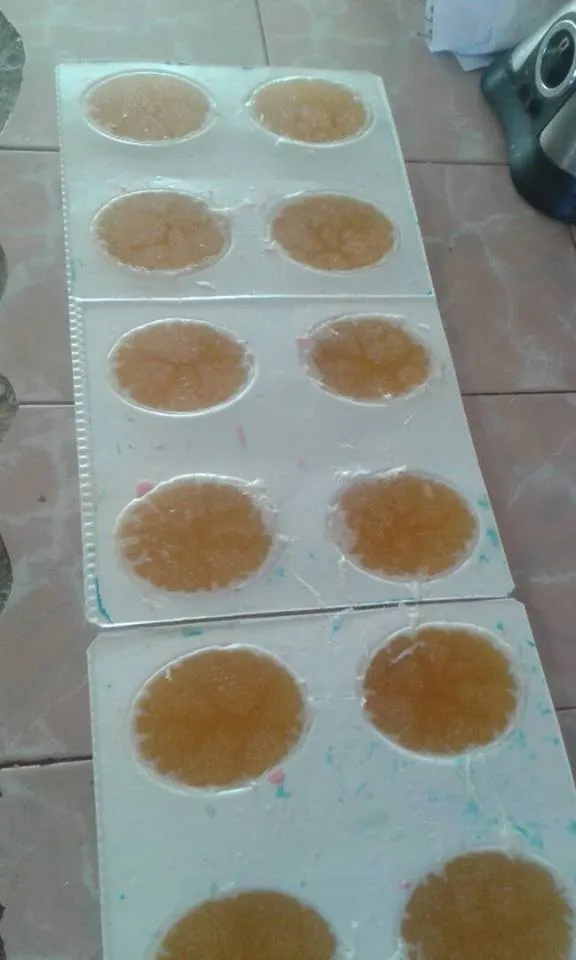
- The fatty acids that are used as the raw materials in making soap are mostly vegetable based, for example: coconut, soy, corn, olive, flax and cotton. Sometimes the fat from animals and fish are also used.
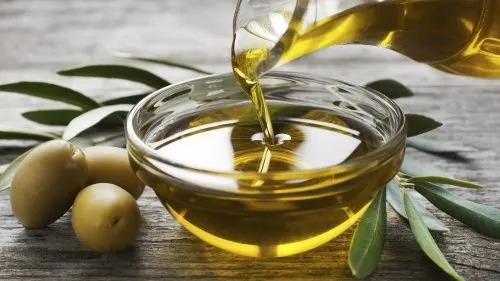
Source - The oils are then combined with creams, perfumes and dyes to make them attractive and smelling good.

Source
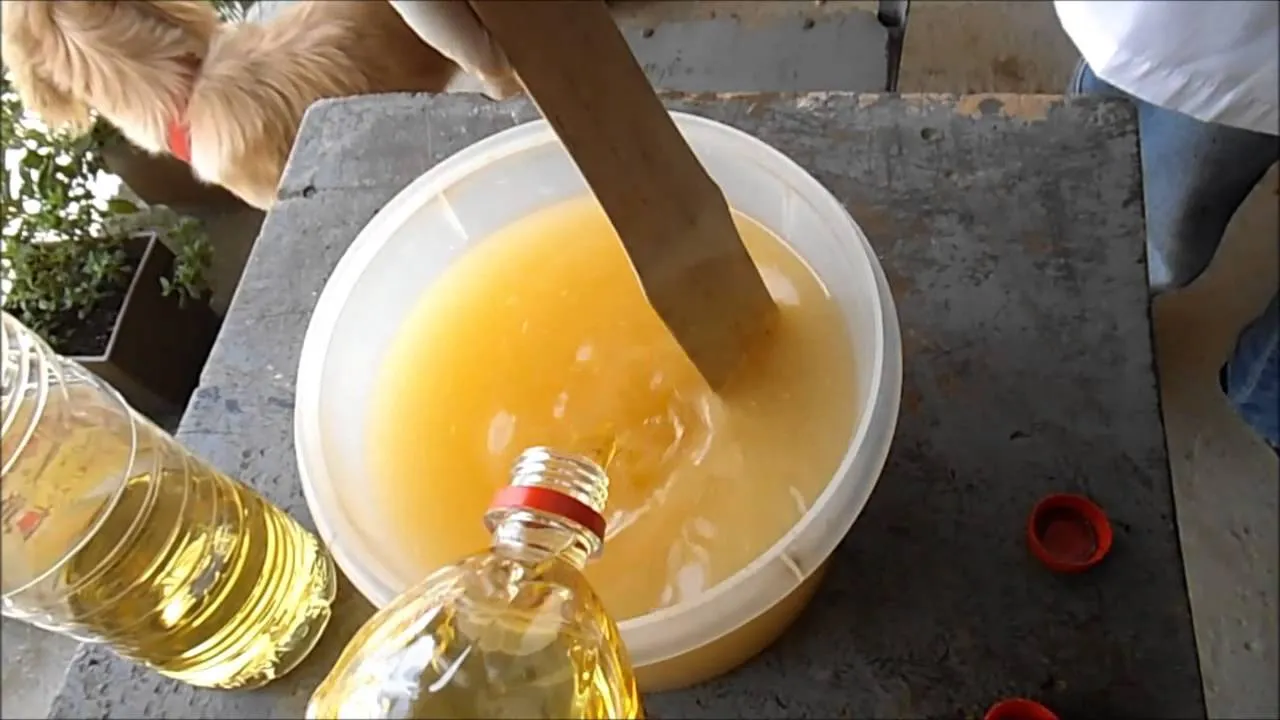
The hydrophobic molecules attract substances that are not soluble in water, like dirt for instance. This allows the soap to be a bond between elements that are not soluble in water and causes them to adhere, improving their moisture.
In 1971, the French chemist Nicolás Leblanc founda method of manufacturing caustic soda that markedly improved the soap industry.
The substance we know as glycerine wasdiscovered in 1873 by a chemist of Swedish origin namedSchele. The chemist discovered the substance by boiling olive oil with lead oxide.
Later, in 1823, another Frenchman, Michel Chevreul, verified that fats and oils are broken down into fatty acids and glycerine, before forming soap.
How to make soap?
1.Grate pieces of fat and place them in hot water, stirring slowly.
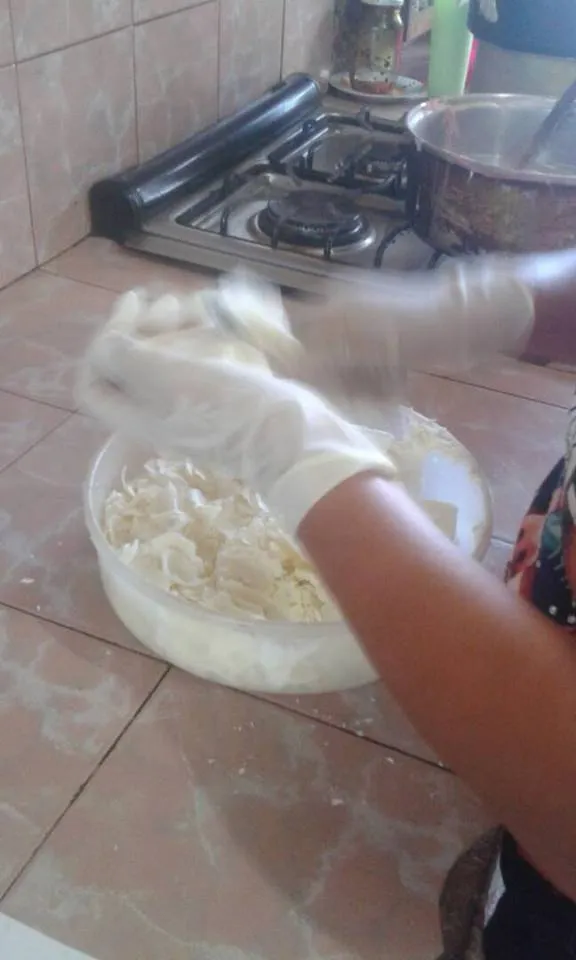
2.Add afoaming and colouring agent.
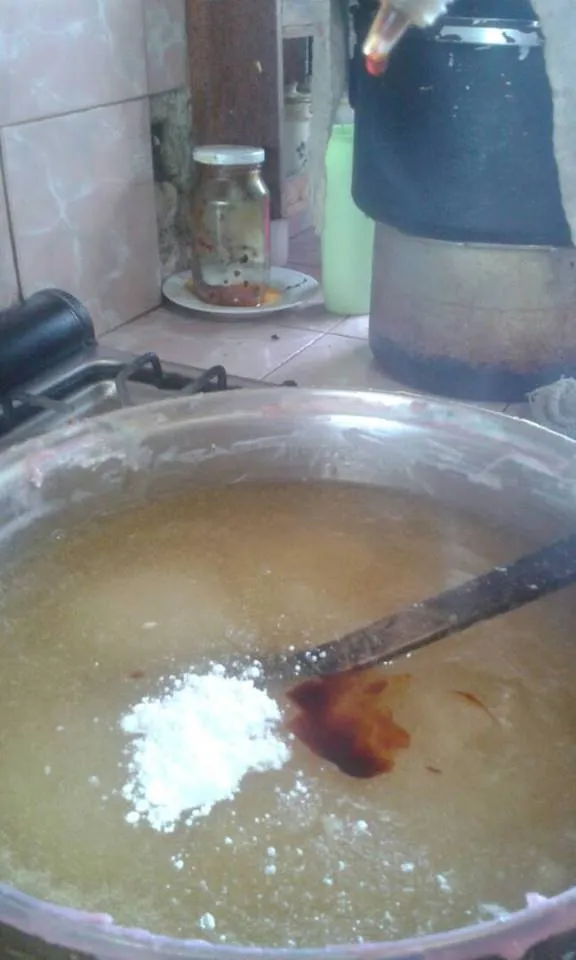
3.Add the essence.
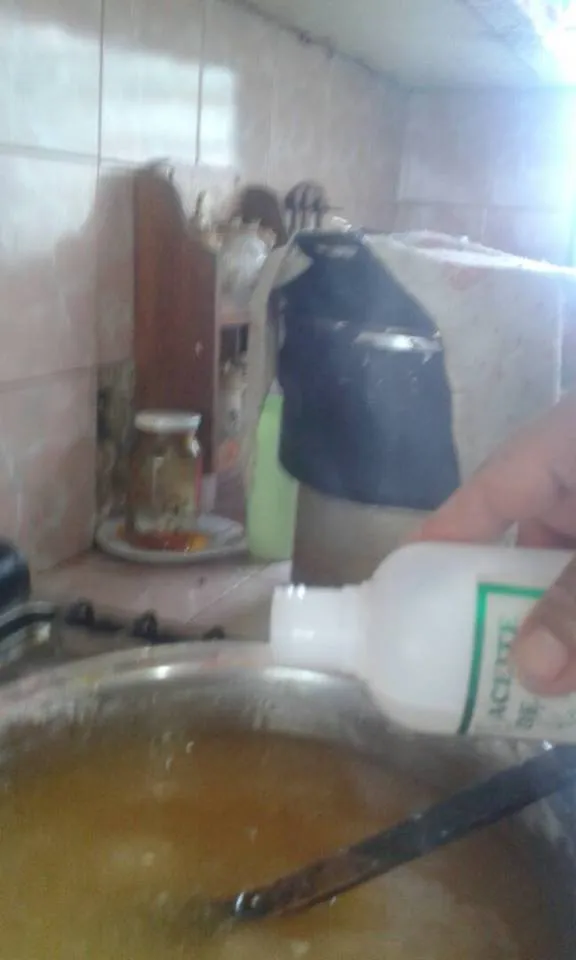
4.Place them in moulds of your choosing and allow them to cool.

5.Remove them from the moulds, ready for use!
Ready, fast and cheap.
This post has been edited by a member of the @blue-pencil team.